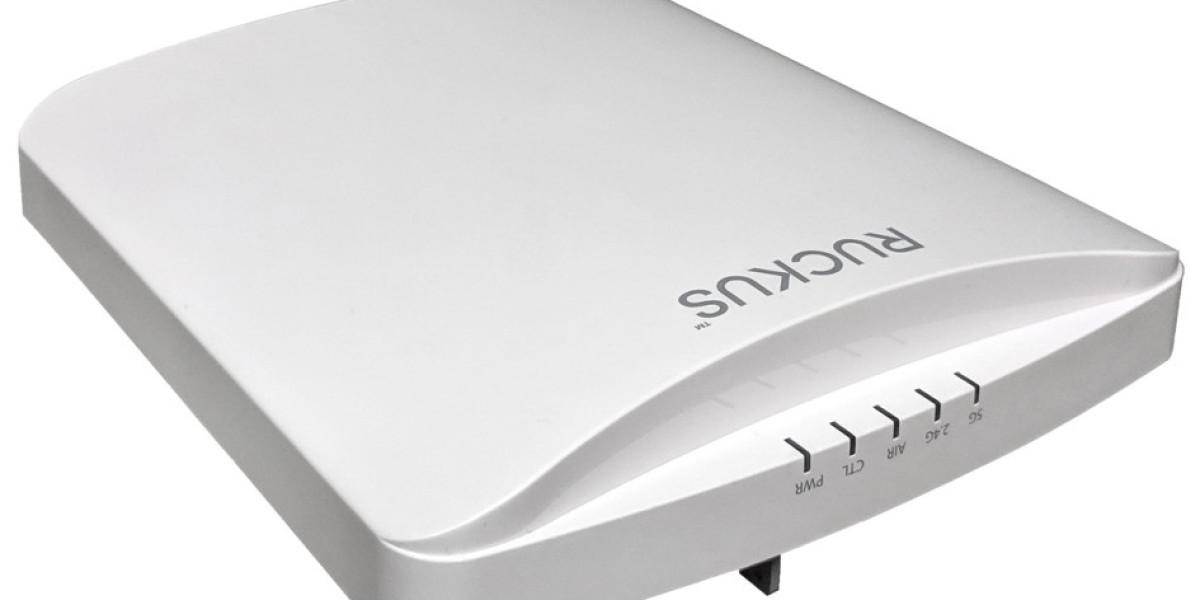Ever yearn for a stronger, more reliable internet connection throughout your home or office? If dead zones and sluggish speeds are plaguing your Wi-Fi experience, a WiFi access point (WAP) might be the solution you crave.
What is a WiFi Access Point?
wifi access point connecting your wired network (think ethernet cable) to the world of wireless. A WiFi access point acts as that bridge, broadcasting a wireless signal that your devices – laptops, smartphones, tablets, and even smart home gadgets – can connect to and access the internet.
How Does a WiFi Access Point Work?
Here's a simplified breakdown of a WAP's magic:
Wired Connection: The WAP connects directly to your existing router or switch using an ethernet cable, tapping into the wired network's internet connection.
Wireless Signal Transmission: It then transforms into a mini radio tower, transmitting invisible radio waves that conform to Wi-Fi standards like Wi-Fi 5 (802.11ac) or the latest Wi-Fi 6 (802.11ax). These standards determine the speed and range of your wireless network.
Device Communication: Devices within the WAP's range detect this wireless signal and can connect using secure protocols like WPA2 or WPA3. Once connected, they can seamlessly exchange data with the wired network, granting them internet access.
Benefits of Using a WiFi Access Point:
Banish the Dead Zones: A WAP significantly extends the reach of your existing router's Wi-Fi signal, eliminating those frustrating dead zones and ensuring a strong internet connection in every corner.
Boost Your Network Capacity: Multiple devices can connect to a single WAP, allowing for a more robust network that can handle the demands of a busy household or office.
Experience Blazing Speeds: Modern WAPs often support the latest Wi-Fi standards, offering significantly faster speeds and improved efficiency compared to a router's built-in Wi-Fi capabilities.
Strategic Placement: Unlike a router that's typically stuck in one spot, WAPs offer flexibility. You can position them strategically to optimize Wi-Fi coverage in areas with weak signal strength.
Types of WiFi Access Points:
Stand-alone WAPs: These are individual units that connect directly to your wired network for targeted coverage improvement.
Integrated WAPs: Many routers come with a built-in WAP, offering a convenient all-in-one solution for smaller spaces.
Mesh Networking Systems: These consist of multiple WAP units that work together to create a blanket of seamless Wi-Fi coverage across large areas, particularly helpful for multi-story homes or sprawling offices.
Choosing the Right WiFi Access Point:
Finding the perfect WAP depends on several factors:
Coverage Area: Consider the size of the space you want to eliminate dead zones in.
Number of Devices: Think about how many devices will be connecting to the network simultaneously.
Desired Speed: Choose a WAP that supports the Wi-Fi standard (like Wi-Fi 6) that aligns with your internet plan's speed and your usage needs.
Budget: WAPs come in a range of prices, so factor in your budget when making your selection.
By incorporating a WiFi access point, you can transform your Wi-Fi experience. No more dropped connections, sluggish downloads, or frustration with limited coverage. Embrace a world of seamless internet access in every corner, empowering all your devices to thrive.
For more info. visit us:



